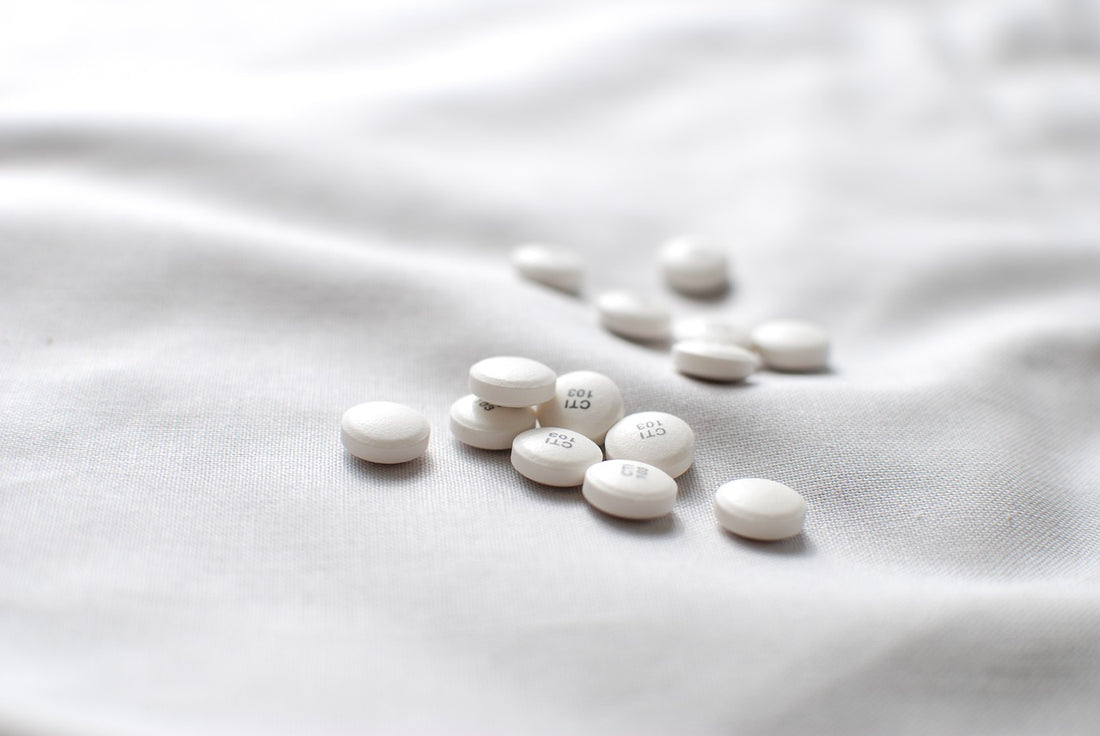
Suspected Xanax Use in Teens
Daniel PattersonIf you suspect your teen is abusing Xanax, it’s essential to seek help from a medical professional immediately. Xanax (alprazolam) misuse can lead to physical dependence, and withdrawal can be challenging and even dangerous if not managed correctly. Engaging with healthcare providers can provide a safe and supportive pathway to recovery. Here’s how you can address Xanax abuse in your teen effectively:
1. Seek Medical Guidance Right Away
The first step in addressing Xanax misuse is to consult a healthcare provider. According to the American Academy of Pediatrics (AAP), a doctor can assess the severity of misuse, guide safe detoxification if needed, and recommend a treatment plan that may include therapy or medication support. Medical professionals can also help monitor for withdrawal symptoms, which can include anxiety, tremors, or seizures.
- Contact a Physician or Addiction Specialist: Schedule an appointment with your teen’s doctor to discuss their Xanax use. Be open and honest about what you’ve observed. You might say to your teen, “I think it’s best for us to meet with a doctor who can support you safely.”
- Explore Therapy Options: Ask about therapy options such as Cognitive Behavioral Therapy (CBT), which has been shown to help teens develop healthy coping strategies to manage anxiety and reduce reliance on substances.
2. Educate Your Teen on the Risks
Many teens see Xanax as a “safe” prescription medication, not fully understanding the risks. According to the National Institute on Drug Abuse (NIDA), Xanax misuse can lead to severe health consequences, including addiction, cognitive impairment, and even respiratory issues in high doses.
- Discuss the Dangers of Misuse: Help your teen understand that while Xanax can be helpful when prescribed and used correctly, misuse can have lasting effects. You could say, “Xanax affects areas of the brain responsible for memory and decision-making and misusing it can lead to addiction.”
- Encourage Self-Reflection: Ask questions like, “Are you aware of what Xanax does to your brain?” or “How has using it affected your mood and energy?” This helps your teen start to recognize the impact of misuse on their well-being.
3. Set Boundaries and Monitor Access
Creating a structured environment with clear boundaries around drug use is essential for supporting your teen. According to the Substance Abuse and Mental Health Services Administration (SAMHSA), setting rules about prescription medication use and limiting access are important steps for families dealing with substance misuse.
- Restrict Access to Medications: Keep all prescription medications locked up and out of reach to prevent further misuse. This not only reduces the risk of access but also reinforces the importance of responsible medication use.
- Establish Clear Expectations and Consequences: Discuss the household rules around substance use and make sure your teen understands the consequences of breaking these rules. You might say, “We don’t allow drug misuse in our home, and these rules are in place to protect your health and safety.”
4. Provide Ongoing Support and Check-Ins
Supporting your teen through recovery requires patience, understanding, and regular communication. By providing a supportive environment and checking in frequently, you can help them feel encouraged and stay on track.
- Have Regular Conversations: Keep communication open and non-judgmental. Ask how they’re feeling and let them know they can reach out to you without fear of punishment. For example, you might say, “I’m here to listen, no matter what.”
- Acknowledge Progress: Celebrate small achievements, such as attending therapy sessions or following household rules, to reinforce positive behaviors. Positive reinforcement can motivate them to continue making healthy choices.
Conclusion
Taking swift action by consulting a healthcare provider is the most crucial step in addressing Xanax abuse in teens. Through medical support, education, boundary-setting, and consistent encouragement, you can guide your teen toward recovery and help them find healthier ways to manage stress and anxiety.
References
- American Academy of Pediatrics. (2020). "Addressing Substance Use Among Adolescents."
- National Institute on Drug Abuse. (2020). "Prescription Sedatives and Tranquilizers DrugFacts."
- Substance Abuse and Mental Health Services Administration. (2020). "Tips for Talking to Teens About Substance Use."











